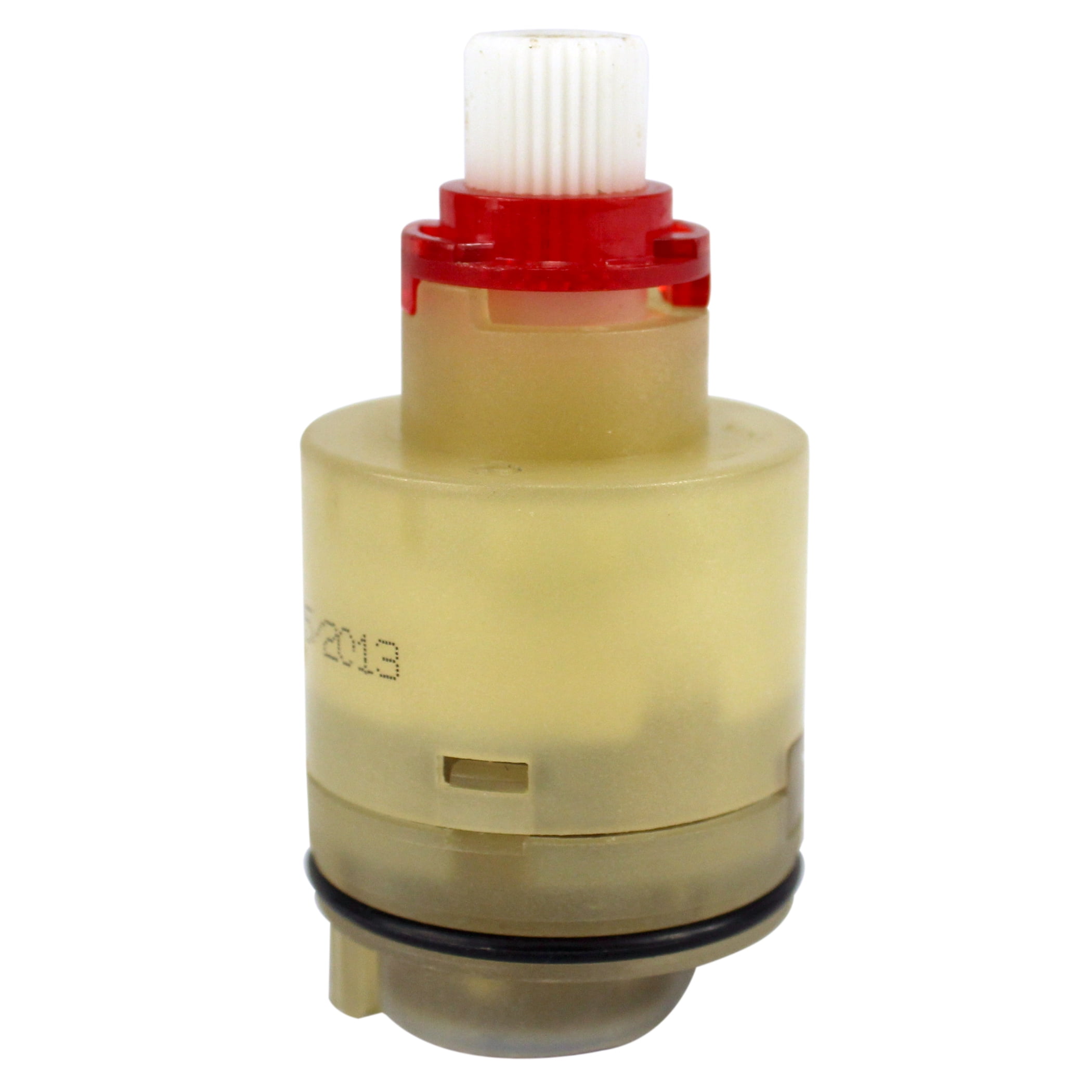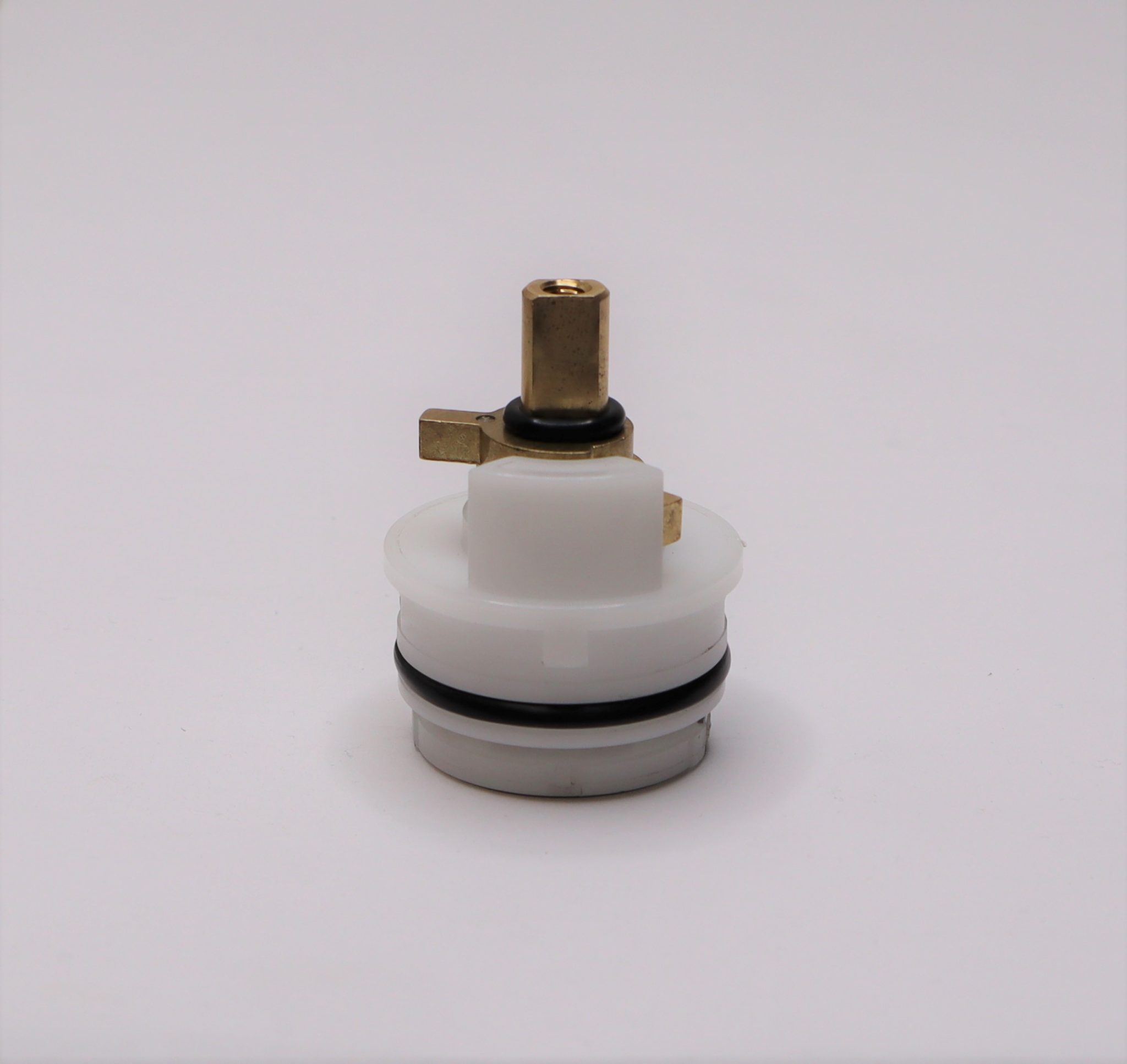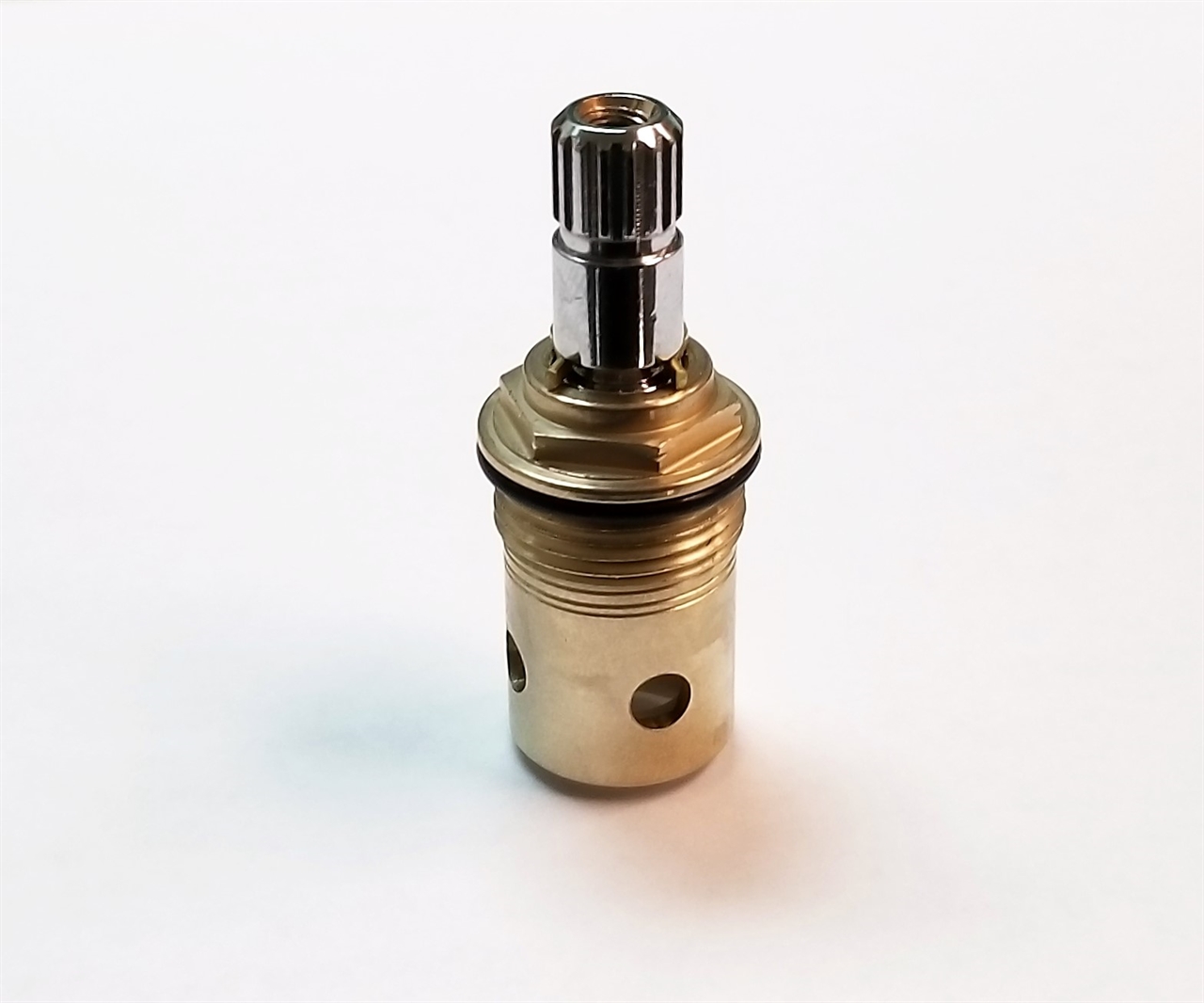Understanding Pegasus Bathroom Faucet Cartridges

The heart of your Pegasus bathroom faucet lies within its cartridge, a vital component responsible for controlling water flow and temperature. This small but mighty piece ensures smooth operation and reliable performance for years to come. Understanding the different types of Pegasus cartridges and how to identify the right one for your faucet is crucial for a successful repair or upgrade.
Types of Pegasus Cartridges, Pegasus bathroom faucet cartridge
Pegasus bathroom faucets utilize a variety of cartridge designs, each with its unique features and benefits. Here’s a breakdown of the most common types:
- Ceramic Disc Cartridges: These cartridges are known for their durability and smooth operation. They feature two ceramic discs with precisely machined grooves that control water flow. As the handle is turned, the discs slide against each other, creating a precise seal that prevents leaks. Ceramic disc cartridges are popular for their longevity and resistance to wear and tear.
- Ball Cartridges: Ball cartridges employ a ball-shaped valve that sits within a housing with multiple seats. The ball rotates to control water flow, allowing for smooth and precise adjustments. While known for their simplicity, ball cartridges are gradually being replaced by ceramic disc cartridges due to their potential for wear and tear.
- Compression Cartridges: These cartridges utilize a rubber washer that compresses against a metal seat to control water flow. Compression cartridges are often found in older faucets and are known for their simplicity. However, they require frequent maintenance as the rubber washer can wear out over time.
Identifying the Correct Cartridge Model
Determining the specific cartridge model required for your Pegasus faucet is essential for a successful repair. Here’s a step-by-step guide:
- Locate the Cartridge: The cartridge is usually located beneath the handle of the faucet. Remove the handle and the escutcheon (decorative plate) to access the cartridge.
- Examine the Cartridge: Carefully inspect the cartridge for any markings or numbers. These markings often indicate the model number or manufacturer. Look for a brand name, a part number, or any other identifying information.
- Consult the User Manual: If you have the original user manual for your Pegasus faucet, it may contain information about the cartridge model used. The manual should include a parts diagram and specifications.
- Contact Pegasus Support: If you’re unable to identify the cartridge model yourself, contact Pegasus customer support. They can assist you in identifying the correct part based on your faucet model number or other relevant information.
Replacing a Pegasus Bathroom Faucet Cartridge

Replacing a Pegasus bathroom faucet cartridge is a relatively simple task that can be accomplished with basic tools and a little bit of patience. By following these steps, you can restore your faucet to proper functionality and avoid the hassle of a leaky faucet.
Tools and Materials
Before you begin, gather the necessary tools and materials:
- A Phillips head screwdriver
- A pair of adjustable pliers
- A new Pegasus bathroom faucet cartridge
- A bucket or container to catch any water that may drain from the faucet
- A towel to wipe up any spills
These tools will help you remove and replace the old cartridge with ease.
Steps to Replace a Pegasus Bathroom Faucet Cartridge
Here’s a step-by-step guide to replacing a Pegasus bathroom faucet cartridge:
- Turn off the water supply: Locate the water shut-off valve for your faucet and turn it off. This will prevent water from flowing into the faucet while you’re working on it.
- Drain the faucet: Open the faucet handles to drain any remaining water in the faucet. This will prevent a sudden rush of water when you remove the cartridge.
- Remove the faucet handle: Use a Phillips head screwdriver to remove the screw holding the faucet handle in place. Once the screw is removed, gently pull the handle off the faucet stem.
- Remove the decorative cap: Some Pegasus faucets have a decorative cap covering the cartridge access. Use a pair of adjustable pliers to carefully remove this cap.
- Remove the old cartridge: Use a pair of adjustable pliers to grip the cartridge and turn it counterclockwise to remove it. The cartridge may be stuck, so you may need to apply some force. If the cartridge is difficult to remove, you can try using a cartridge removal tool or a rubber wrench to help loosen it.
- Inspect the faucet stem: Before installing the new cartridge, inspect the faucet stem for any signs of damage or wear. If you notice any damage, you may need to replace the stem as well.
- Install the new cartridge: Insert the new cartridge into the faucet stem, making sure it’s properly seated. Then, turn the cartridge clockwise to tighten it. Do not overtighten the cartridge.
- Reassemble the faucet: Replace the decorative cap, if applicable, and then reattach the faucet handle. Make sure the handle is securely attached.
- Turn the water back on: Slowly turn the water supply back on and check for any leaks. If you see any leaks, tighten the cartridge or handle until the leak stops.
By following these steps, you can successfully replace a Pegasus bathroom faucet cartridge and restore your faucet to working order.
Troubleshooting Common Issues
If you encounter any issues while replacing the Pegasus bathroom faucet cartridge, consider these troubleshooting tips:
- Cartridge won’t turn: If the cartridge is stuck, try using a cartridge removal tool or a rubber wrench to help loosen it. You can also try applying a penetrating oil to the cartridge to help loosen it.
- Leaking faucet: If the faucet is leaking after you’ve replaced the cartridge, make sure the cartridge is properly seated and tightened. You may also need to replace the faucet stem if it’s damaged.
- Faucet handle won’t turn: If the faucet handle is stiff or won’t turn, make sure the cartridge is properly installed and the handle is securely attached. You may also need to clean the faucet stem and cartridge to remove any debris that could be causing the issue.
By addressing these common issues, you can ensure a smooth and successful cartridge replacement.
Maintaining a Pegasus Bathroom Faucet Cartridge

Just like any mechanical component, a Pegasus bathroom faucet cartridge needs regular care to ensure its longevity and smooth operation. By implementing preventative measures and understanding the signs of wear, you can significantly extend the life of your cartridge and avoid costly repairs.
Preventative Measures for Cartridge Longevity
Proactive maintenance is key to prolonging the lifespan of your Pegasus cartridge. These simple steps can help prevent premature wear and tear:
- Avoid Excessive Force: When turning the faucet handle, apply gentle pressure. Excessive force can strain the cartridge’s internal components, leading to premature wear.
- Use Filtered Water: Hard water containing minerals like calcium and magnesium can cause mineral deposits to build up inside the cartridge, hindering its smooth operation. Using a water filter can significantly reduce this problem.
- Regular Cleaning: Wipe down the faucet exterior regularly to prevent dirt and grime from accumulating around the cartridge. This helps to keep the cartridge clean and free of debris.
Cleaning and Lubricating the Cartridge
While not necessary as often as preventative measures, periodic cleaning and lubrication of the cartridge can enhance its performance and extend its lifespan.
- Disassembly and Cleaning: Remove the cartridge from the faucet following the manufacturer’s instructions. Use a soft-bristled brush and mild detergent to clean any debris or mineral deposits from the cartridge’s internal components. Rinse thoroughly with clean water.
- Lubrication: Apply a thin layer of silicone-based lubricant to the cartridge’s O-rings and other moving parts. Avoid using petroleum-based lubricants, as they can damage the cartridge’s seals.
- Reassembly and Testing: Carefully reassemble the cartridge and test its operation. If you encounter any issues, refer to the manufacturer’s instructions or consult a professional.
Signs of a Worn-Out Cartridge
Recognizing the signs of a worn-out cartridge can help you address the issue promptly, preventing further damage to the faucet.
- Leaking: A dripping faucet is a clear sign of a worn-out cartridge. The worn-out seals within the cartridge may not be able to effectively prevent water from leaking.
- Reduced Water Flow: If you notice a significant reduction in water pressure from the faucet, it could indicate a worn-out cartridge. The cartridge’s internal components may be worn or clogged, restricting water flow.
- Difficulty Turning: A worn-out cartridge can cause the faucet handle to feel stiff or difficult to turn. The internal components may be worn or seized, making it challenging to operate the faucet.